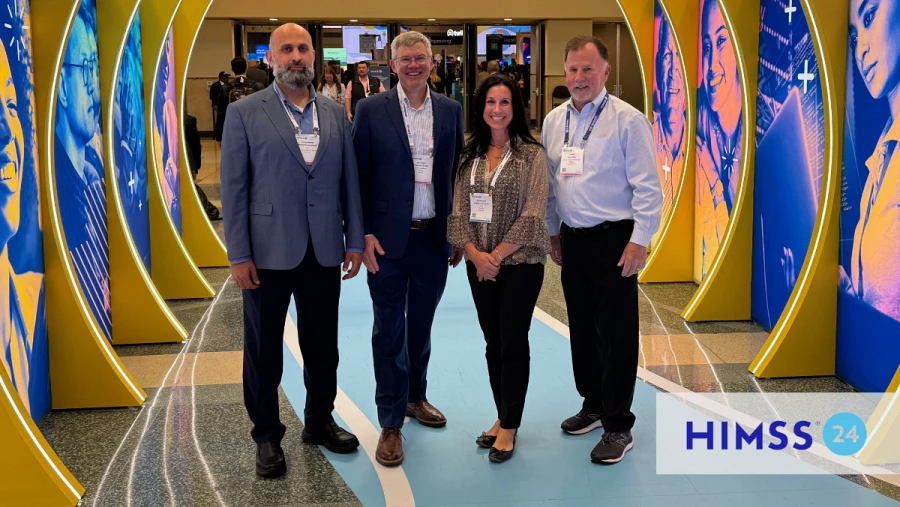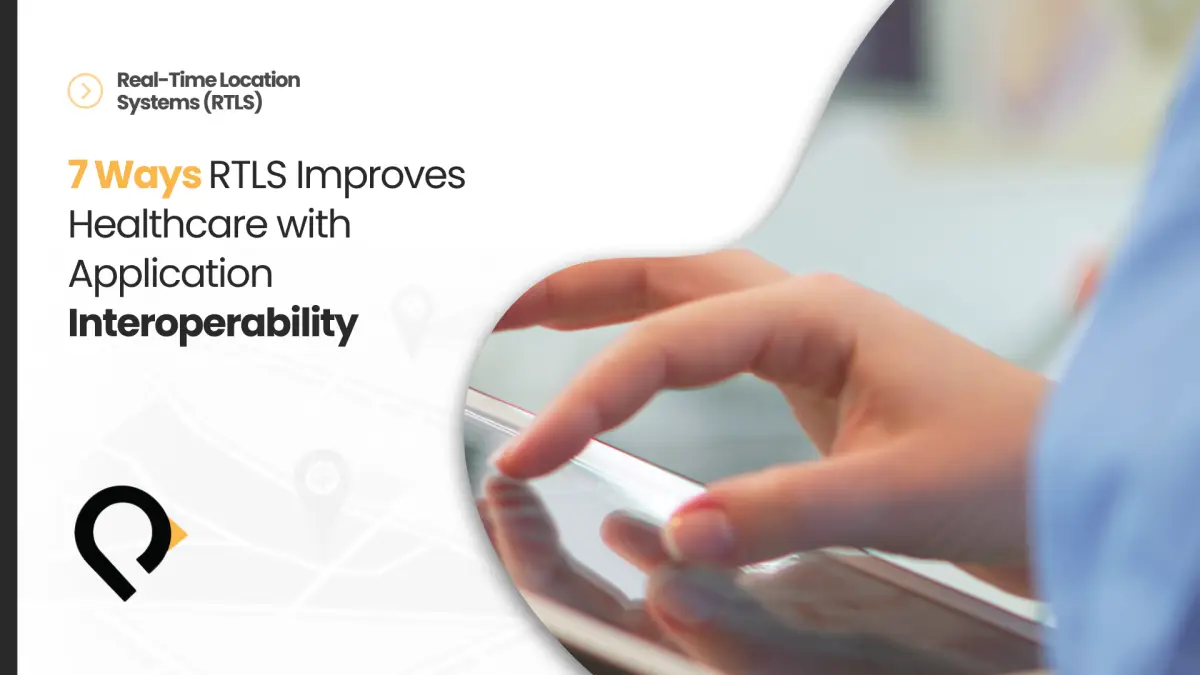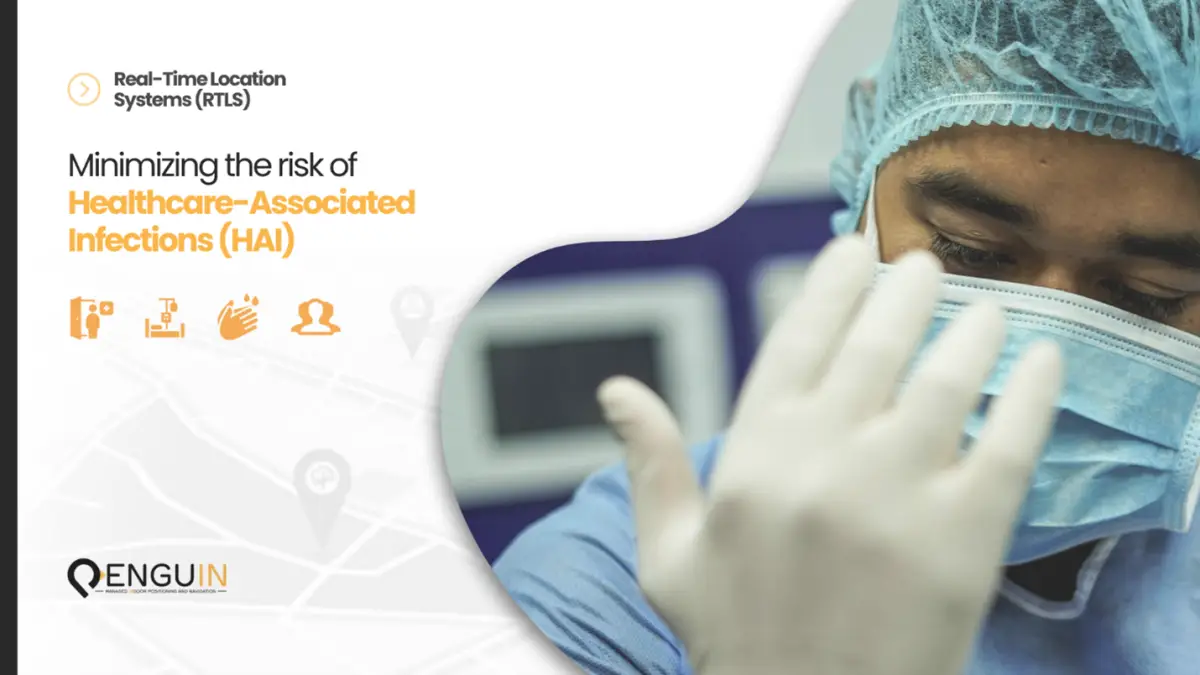Penguin Location Services and ZulaFly Announce Strategic Partnership for Healthcare Innovation
[Irvine, CA & Fargo, ND], [April 2, 2024]
Penguin Location Services, a leading AI/ML enabled IoT provider, and ZulaFly, a leading enterprise cloud workflow application provider, announce a strategic partnership. Specifically, this collaboration aims to offer healthcare end-to-end, best-in-class, location-based workflow, real time asset tracking and safety solutions.
Advanced Healthcare Location Technology Integration
First and foremost, Penguin offers a comprehensive portfolio of location-based healthcare products. Specifically, these support enterprise navigation systems, real-time locating services (RTLS), and healthcare safety applications for medical facilities. Moreover, Penguin’s proprietary AI/ML in healthcare technology allows the use of any 5.1 Bluetooth Low Energy (BLE) enabled device to be leveraged as a high-performance location transponder and healthcare tracking system.
Additionally, in many healthcare applications, location update speed is within milliseconds. Furthermore, location accuracy is consistently at the sub-room level, providing bed and chair-level precision. Consequently, this ensures optimal patient monitoring and real time asset tracking.
Meanwhile, ZulaFly is a leading enterprise healthcare software provider offering a cloud-hosted RTLS solution. Notably, it supports over 100 healthcare workflows and clinical use cases for healthcare organizations. Moreover, ZulaFly has hundreds of satisfied healthcare clients with deep experience. Specifically, they have successfully partnered with RTLS providers and other healthcare technology vendors. As a result, they deliver location-enabled healthcare solutions for large health systems in North America and globally.
Industry Leadership Perspectives on Healthcare Innovation
Industry leaders are enthusiastic about this strategic partnership. For instance, Stephanie Andersen, Founding Partner at ZulaFly, shared her perspective:
“We were amazed by the performance and accuracy of Penguin’s technology. Moreover, with very limited hardware, we could validate high-velocity location updates and room-level accuracy out of the box. Therefore, we are excited for the promising future ahead with this partnership.”
Similarly, Mohammed Smadi, PhD, CEO of Penguin Location Services, expressed his enthusiasm:
“We are enthusiastic about the combined end-to-end workflow solutions we can now commercialize with ZulaFly. Furthermore, their extensive first-hand experience and successful deployment and management of workflow, safety and environmental monitoring solutions can help accelerate the proliferation of location services in healthcare.”
Revolutionary Healthcare Workflow Solutions
Importantly, the ZulaFly and Penguin strategic partnership marks a new generation of location-enabled workflow solutions using AI/ML in healthcare technology. Specifically, Penguin’s easy-to-install and low-cost standard BLE 5.1 technology combined with ZulaFly’s industry-leading healthcare workflow applications creates a powerful solution. Consequently, this means that enterprise-class visibility solutions and healthcare automation systems are now more accessible and affordable for healthcare systems and medical facilities worldwide.
About Penguin Location Services: Healthcare RTLS Innovation Leaders
Penguin Location Services™ improves enterprise operational efficiency, visitor experience, workflow and safety. Specifically, it uses the world’s most advanced location engine supporting BLE 5.1 and above infrastructure. Moreover, Penguin’s AI and ML powered location algorithms support high velocity updates and sub-room level accuracy across the entire enterprise. Additionally, Penguin is on a mission to make location services more accessible and simpler to manage on a global scale.
Learn more: www.penguinin.com
About ZulaFly: Healthcare Workflow Software Excellence
ZulaFly is an industry-leading software solution company that collects, processes, and analyzes critical enterprise data. Furthermore, it presents the output in a customizable, unified dashboard user interface. Specifically, ZulaFly supports many operational and safety applications. These include Workflow, Patient Wander, Locating & Wireless Alerting, Asset Management, Environmental Monitoring, Staff Safety & Locating, Staff Rounding, Hand Hygiene, Mobility and many others.
Moreover, these critical applications can be managed at a single facility or across multiple campuses in a cloud-hosted environment. Notably, hundreds of satisfied customer sites are enjoying the benefits of ZulaFly’s enterprise-class visibility solutions.
Learn more: www.zulafly.com
- Penguin Location Services™ is a trademark of Penguin, Inc.
- ZulaFly™ is a trademark of ZulaFly, Inc.



